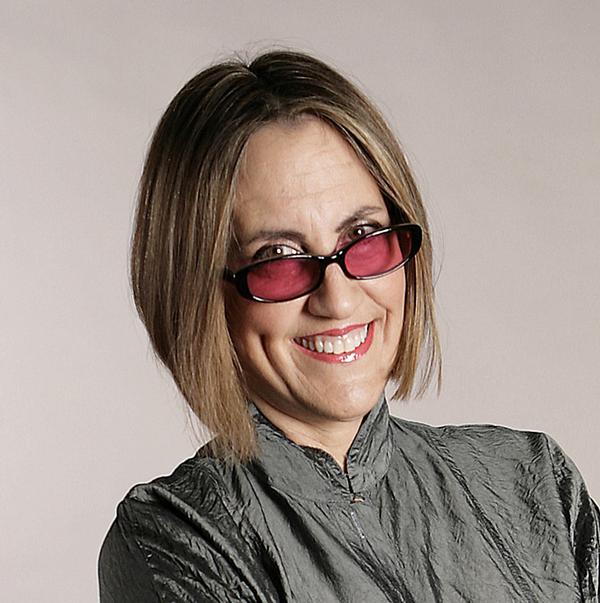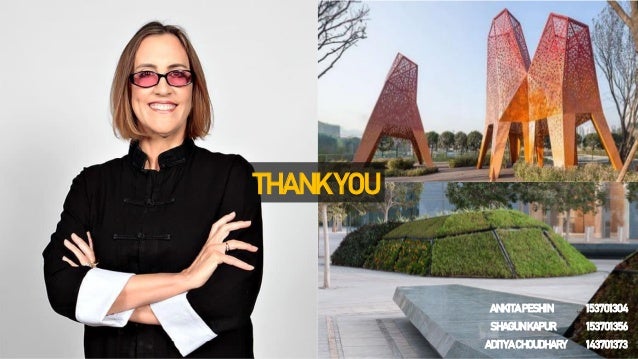

If I am attracted, I then become more analytic and linear, to understand why and what qualities about what I am seeing has attracted me. I am an “intuitive” person, meaning, I take in a lot of information, perhaps unconsciously,and then, internally, without using linear analysis, I am attracted (or not) to something - a piece of sculpture, an idea, a tree in a forest, or maybe a person. Intuition (or “non-linear logic”) is like a chaotic spider’s web, making many more random connections than in ‘linear logic’ that allows the creative process to generate new ideas (Fig. We must raise awareness of the value of intuition, and enhance relevant training to open students up to its potential, if teaching design is an objective. The only way to cultivate non- linear intuitive thinking is through the coordination between hands and eyes. The design process goes more smoothly, quicker, with a better sense of scale. Sketching ideas are visual thinking, making form while observing, thinking, evaluating, revising and shaping all happen at the same time.

In this sense, it is a “vertical” exploration of one idea, and limits “horizontal” thinking, meaning there are less ideas that are generated eventually. However, the original idea that is put into the computer is only one. Parametric design uses algorithms, a program that takes a form (one idea) to produce hundreds of variations of. The reason is simple, the computer is not a device for teaching creativity.
Martha schwartz how to#
I believe we cannot use computer to teach people how to design drawing by hand is required to generate design ideas in my studios (Fig. Design education must teach students how to think freely and critically. It is up to the student to find their own directions and ideas. A great variety of ideas, methods, aesthetics and philosophies are offered to the students. As an example, at the GSD there are many designers in the faculty, and we have designers from around the world to teach studios every year. A one-size-fits-all curriculum or teacher does not exist in good art/design school. But artists and designers can teach others to design, using their own perspective and experience. Creation is a personal endeavor it comes from within an individual and therefore our processes for creation are all different. Design cannot be taught through someone without enough experience designing and making things. I believe this is also the key to cultivate creativity.Īfter having 28 years teaching design, I have come to recognize that we must have designers and/or artists to teach design. These are the most important things I can do to teach design. I teach to help each student to discover what they feel and what they have, as an individual, something inside of themselves to offer others. Above all, I do not to teach students what I do, or to think what I think. Martha: My fundamental teaching philosophy is to help students to understand themselves, to find their own design language through which they can express themselves. Q2: What do you think is the best way to teach design? Could you share some core teaching philosophy? They are very well equipped with a huge variety of different ideas and practices and demonstrated solutions that create systems, or “virtuous cycles” of benefits. They have a very holistic comprehension of what is happening about climate change and even suggest including community involvement. I was impressed by the amount of knowledge the students have so they can assess environmental and social issues and problems on sites.

Martha: It is my great honor to be invited to be here, and to have the opportunity to interact with students at SJTU. After reviewing students’ work at SJTU, what do you think are the main strengths of landscape design teaching here?

Q1: Professor Schwartz, it’s my honor to discuss landscape design and education with you at Shanghai Jiao Tong University.


 0 kommentar(er)
0 kommentar(er)
